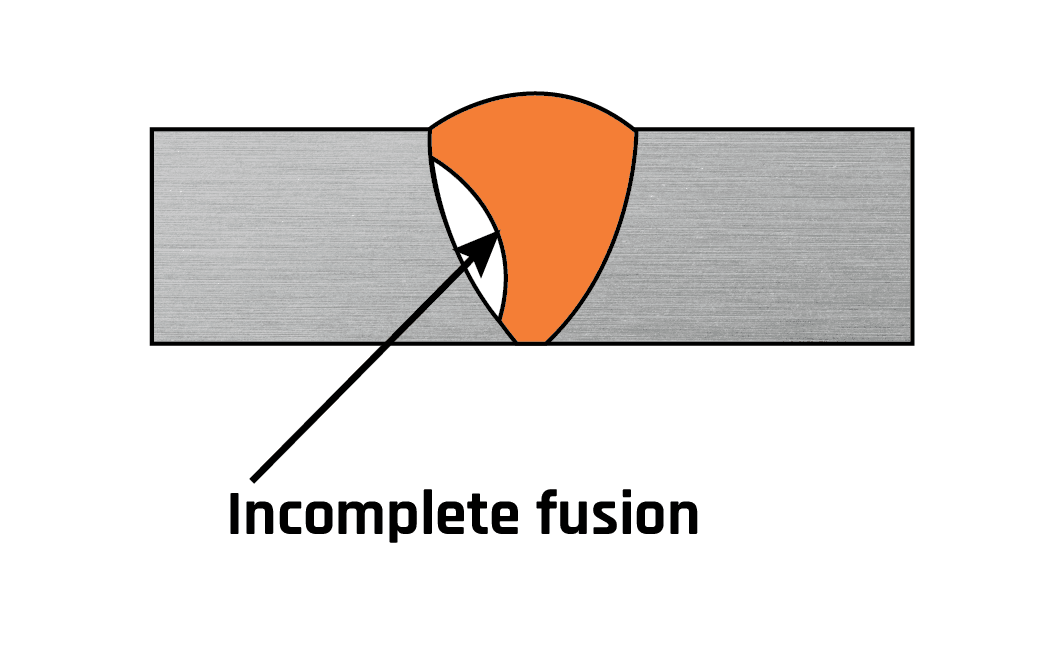Mastering the Art of Welding: How to Stay Clear Of Undercut Welding Issues for Flawless Manufacture Outcomes
By comprehending the root triggers of undercut welding and applying efficient techniques to prevent it, welders can boost their craft to new levels of excellence. In the search of perfect construction outcomes, grasping the art of welding to avoid undercut concerns is not just an ability yet a requirement for those aiming for excellence in their job.
Recognizing Undercut Welding

To avoid undercut welding, welders should make certain proper welding parameters, such as changing the current, voltage, travel rate, and keeping the proper electrode angle. Additionally, making use of the suitable welding method for the certain joint setup is essential. Utilizing weaving activities or backstepping techniques can assist guarantee correct weld metal deposition and reduce the likelihood of undercut development. Regular assessment of welds throughout and after the welding procedure is additionally important to capture any kind of undercut early and make required modifications to prevent additional flaws. Preventing weld undercut. By recognizing the causes of undercut welding and carrying out safety nets, welders can achieve top quality, structurally audio welds.
Root Causes Of Undercut in Welding
Comprehending the aspects that add to undercut in welding is essential for welders to create top quality, structurally sound welds. When the weld steel does not appropriately fill up the groove developed between the base steel and the formerly transferred weld metal, damaging happens. A number of elements can lead to damage in welding. One common cause is excessive warm input. Welding at high temperatures for extended periods can result in the base steel melting greater than wanted, leading to damage. Insufficient welding current or wrong welding speed can additionally add to undercut. Not enough current might not supply enough warmth to melt the base and filler steels properly, while excessive rate can avoid correct combination, causing undercut. Additionally, inappropriate electrode angles or incorrect lantern manipulation strategies can develop areas of reduced weld steel deposition, promoting undercut. Recognizing these reasons and executing correct welding techniques can assist prevent damaging problems, making certain resilient and solid welds.
Methods to Protect Against Undercutting

To mitigate the risk of damaging in welding, welders can employ strategic welding strategies intended at boosting the top quality and honesty of the weld joints. In addition, using the right welding strategy for the certain joint configuration, such as weave or stringer grains, can add to decreasing undercutting.
Utilizing back-step welding strategies and managing the weld grain account can additionally assist disperse warmth evenly and reduce the danger of undercut. Normal assessment of the weld joint during and after welding, as well as implementing quality assurance measures, can assist in finding and addressing damaging concerns promptly.
Importance of Proper Welding Parameters
Picking and maintaining ideal welding parameters is important for achieving successful welds with very little flaws. Welding specifications describe variables such as voltage, present, great site travel rate, electrode angle, and securing gas circulation rate that directly impact the welding process. These specifications need to be very carefully changed based on the sort of material being welded, its density, and the welding strategy utilized.
Proper welding specifications guarantee the best amount of warmth is put on melt the base metals and filler product consistently. If the parameters are established expensive, it can bring about extreme heat input, creating distortion, burn-through, or spatter. On the other hand, if the criteria are too reduced, incomplete combination, lack of infiltration, or undercutting might happen.
Quality Assurance in Welding Procedures

Verdict
To conclude, grasping the art of welding requires a comprehensive understanding of undercut welding, its reasons, and strategies to avoid it. By guaranteeing correct welding criteria and carrying out quality control techniques, flawless fabrication outcomes can be attained. It is crucial for welders to constantly pursue quality in their welding procedures to prevent undercut concerns and generate premium welds.
Undercut welding, an usual problem in welding procedures, occurs when the weld steel does not appropriately fill the groove and leaves a groove or clinical depression along the welded joint.To prevent undercut welding, welders ought to guarantee correct welding specifications, such as adjusting the present, voltage, travel speed, and keeping the appropriate electrode angle. Poor welding inaccurate or current welding rate can likewise add to undercut.To alleviate the risk of damaging in welding, welders can utilize strategic welding methods intended at enhancing the high quality and stability of the weld joints.In verdict, mastering the art of welding calls for a detailed understanding of undercut welding, its causes, and methods to prevent it.
Comments on “Preventing Weld Undercut Demystified: Techniques for Success”